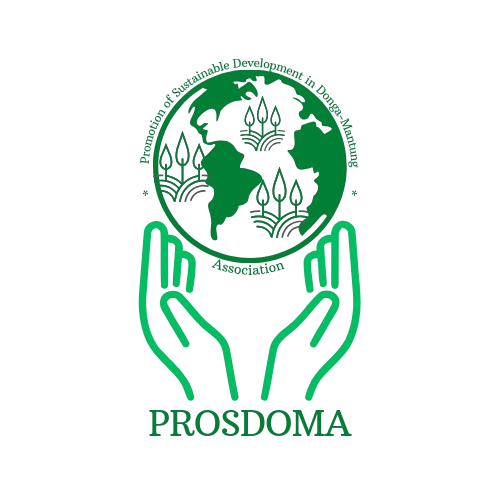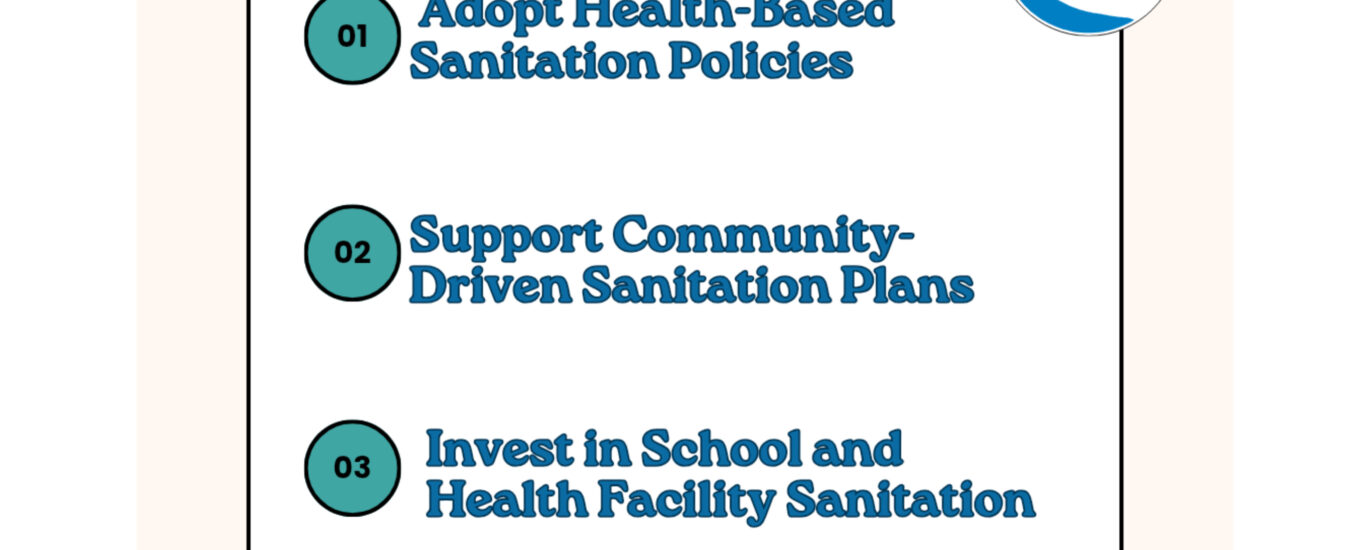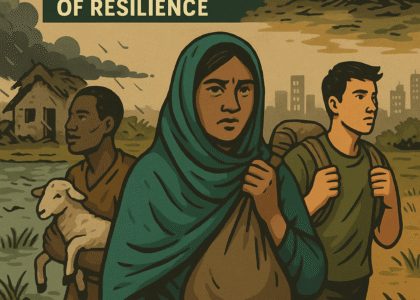Poor sanitation is a silent killer. Every year, unsafe sanitation contributes to over 432,000 deaths from diarrhoeal diseases, with the vast majority occurring in low- and middle-income countries. Yet, sanitation remains one of the most underfunded and neglected public health issues globally.
The WHO’s Guidelines on Sanitation and Health provide a stark reminder: access to a safe toilet isn’t just about dignity, it’s about life, equality, and development. Sanitation is crucial for preventing disease outbreaks, reducing healthcare costs, and enabling children—especially girls—to stay in school.
What’s more, the guidelines stress that simply building latrines is not enough. Systems must be safe, context-appropriate, and sustainably managed. This means integrating sanitation into health policies, investing in long-term operations, and addressing inequalities in access — especially for women, children, and people with disabilities.
At PROSDOMA, we advocate for a world where no one is left behind when it comes to basic human needs. Because sanitation is not a privilege — it’s a human right.
✅ What Can Be Done?
1️⃣ Adopt Health-Based Sanitation Policies
Governments should align sanitation investments with public health goals.
2️⃣ Support Community-Driven Sanitation Plans
Include local voices in design, maintenance, and education efforts.
3️⃣ Invest in School and Health Facility Sanitation
Ensure every school and clinic has safe, gender-sensitive toilets.
4️⃣ Tackle Inequity in Access
Prioritize sanitation services for marginalized and remote populations.
🌍 Healthy people, healthy systems — it starts with sanitation.
🌐 www.prosdoma.org
#SanitationMatters #HealthForAll #WHO #CleanToiletsSaveLives #Prosdoma #WASH
by E.D.
📚 Source:
World Health Organization (2018). Guidelines on Sanitation and Health. Geneva: WHO. ISBN: 9789241512893.






